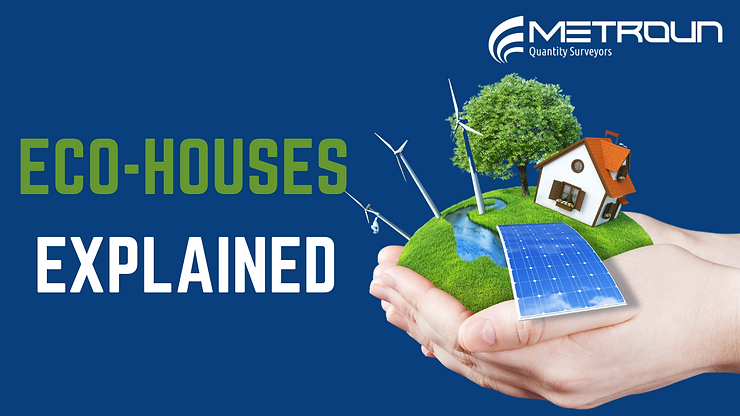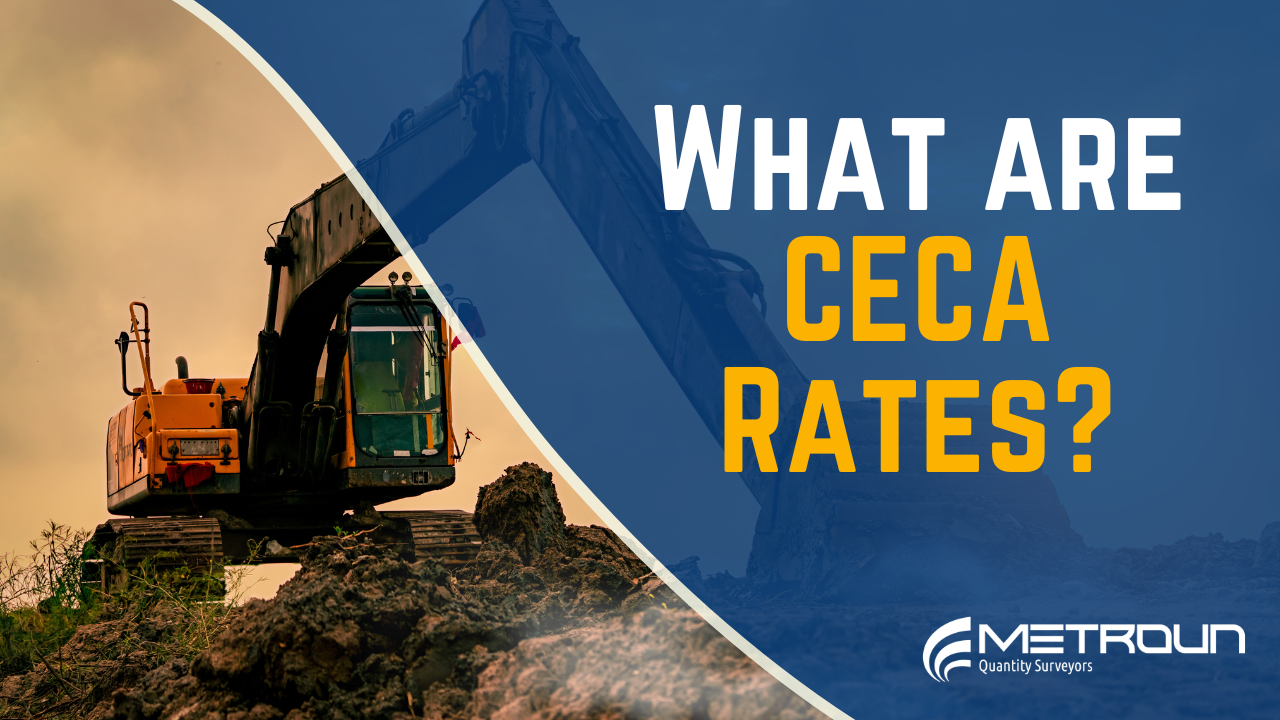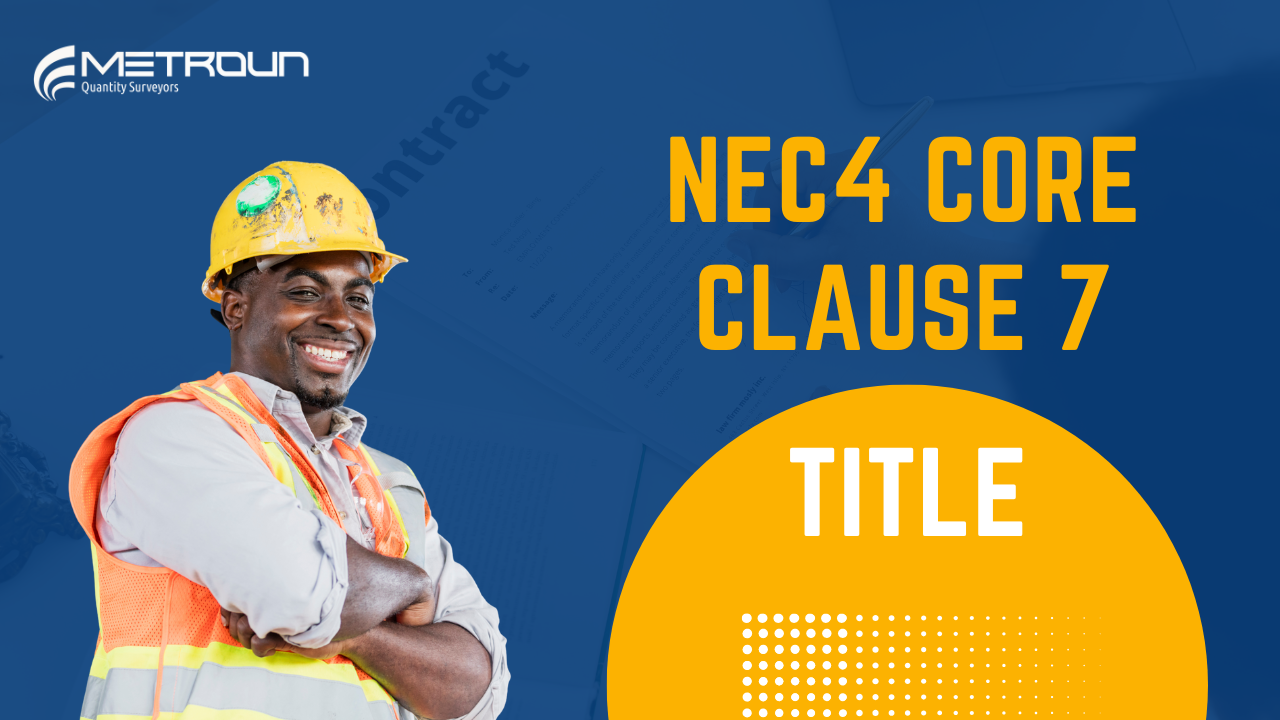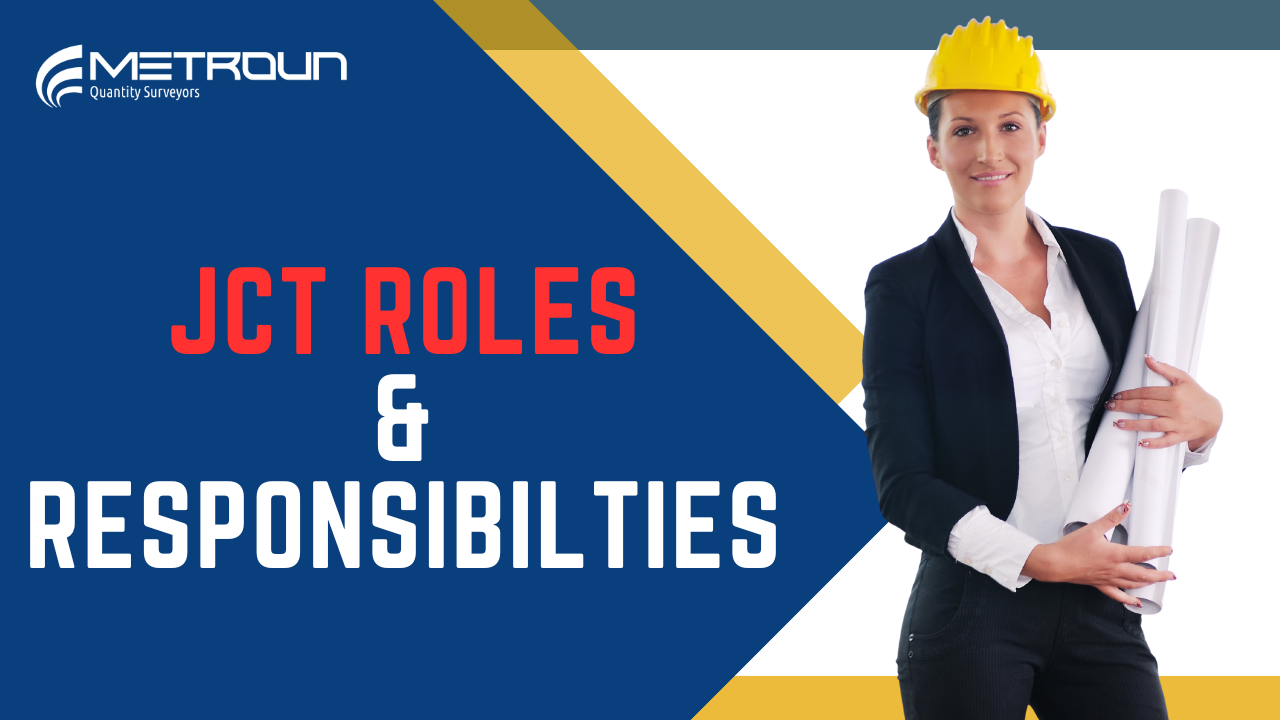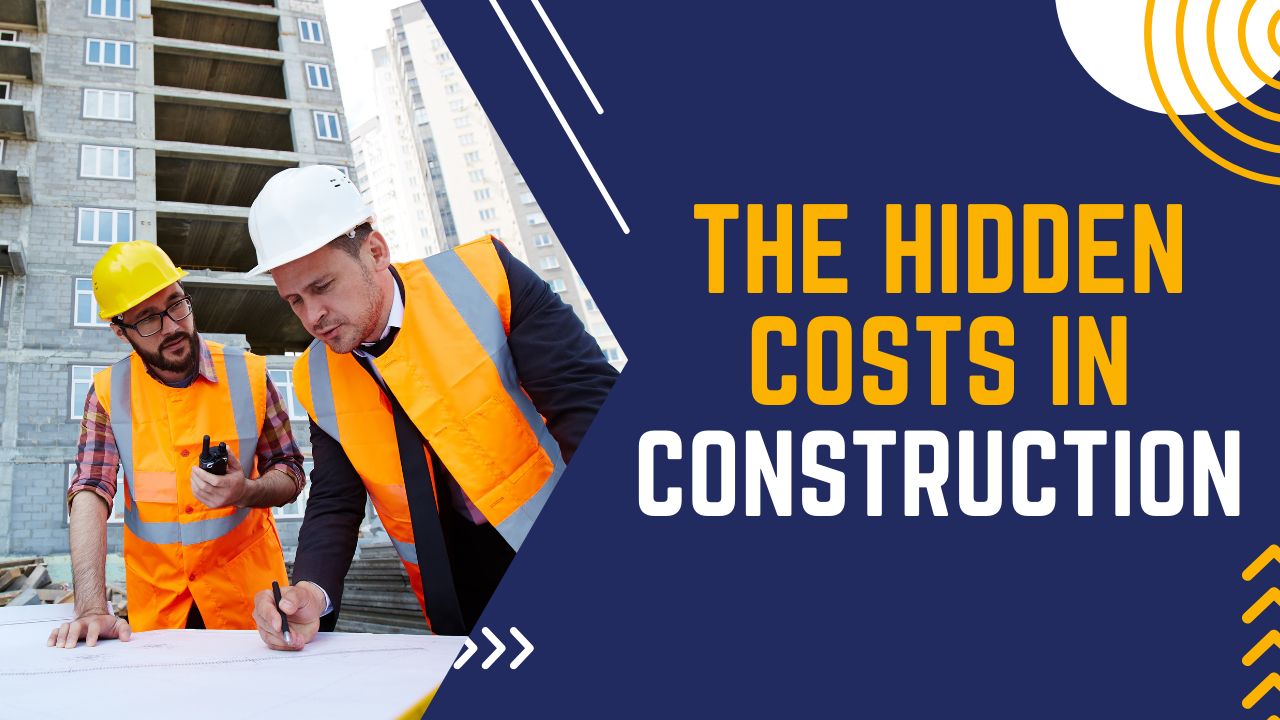Sustainable houses sound great in theory, but what do they actually constitute? If you’re intrigued by buzzwords like zero-carbon, solar panelled, or prefab, but have no clue what they mean, you’re not alone.
In the world of green building, there are a lot of varying standards and costs. To build a home that is easy on the environment — and your wallet — we’ve demystified seven eco-friendly home types. In future posts, we’ll dive deep into each type, giving you the pros and cons for constructing each one.
1. Zero Carbon Houses:
A zero carbon home is so energy efficient that its annual net carbon footprint is zero. These homes are still tied to the grid, but are so insulated, airtight, and low energy, that they’ve become carbon-free. These homes produce enough renewable energy that it balances out any slight energy costs and may even produce more than they use, making it “net positive.” They are also be called “zero energy homes” or “net zero homes” and look like any other regular home.
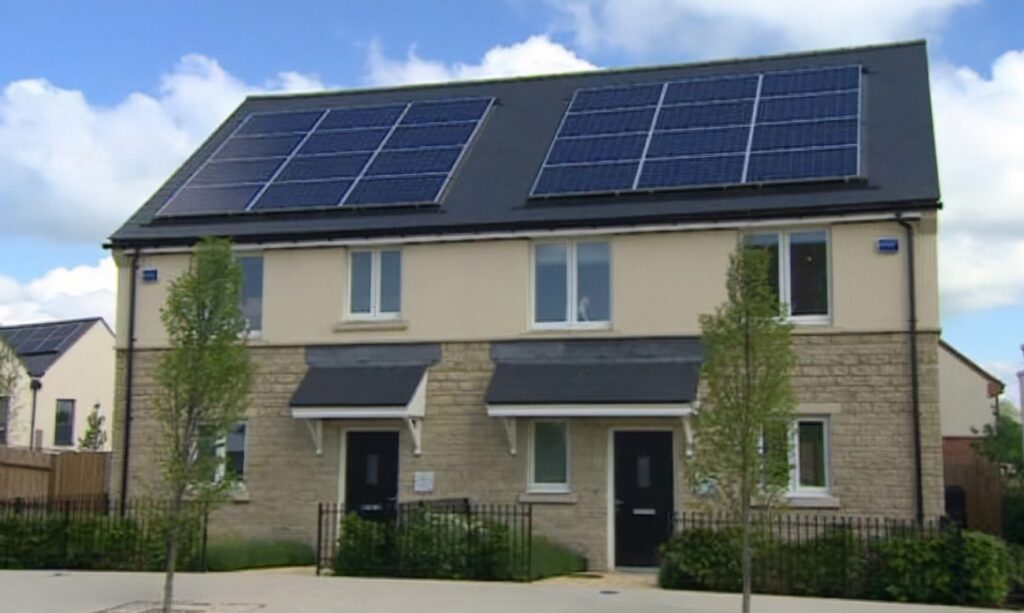
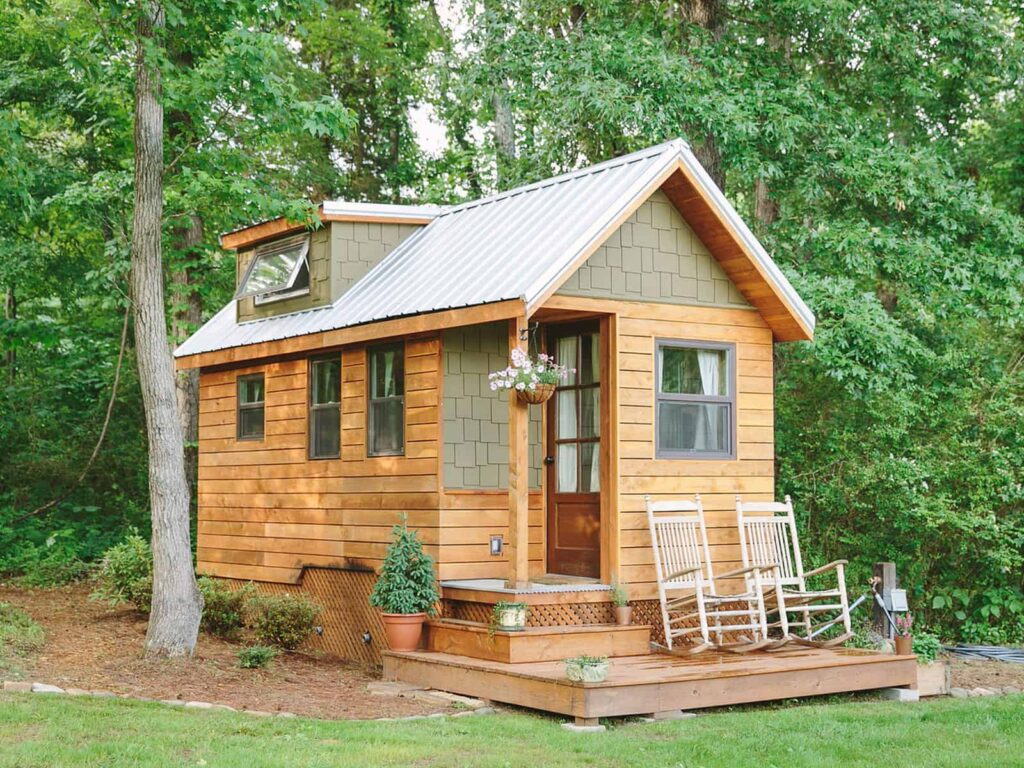
2. Tiny Homes:
The tiny house movement has become one of the more well-known eco-home trends, and for good reason. They’re an economical, environmental solution to living simply.
A tiny home is usually between 10 and 40 square metres, although some can be a bit larger or smaller. They can also be mobile little homes, fitting on a trailer and able to be moved to different locations. Tiny homes are designed to maximize the feeling of space by utilizing convertible furniture, lofts, and multi-use rooms.
Tiny homes are considered a type of sustainable home because they use less energy, materials, and space than the average-sized home. Some tiny home manufacturers also use non-toxic, local, or reclaimed materials to lessen the already minimal impact on the planet.
3. Prefabs:
Prefabricated homes or “prefabs” are homes built ahead of time and off site. They’re manufactured in parts that are shipped and assembled on site. The construction techniques vary greatly, depending on whether you go with panel built or modular, but both of these prefab types are different from manufactured homes or factory-built and shipped as a whole.
These days, many prefab houses sport a sleek, modernist design, but there are often custom architecture options if that’s not your thing. What makes them green? Since their pieces are fabricated in a factory with a very specific building process, they create less waste than site-built homes.
There’s no guess-and-check here, since builders know exactly how much material they’ll need. Additionally, there are tons of manufacturers who include sustainable components and energy efficiency in their designs, as it’s one of the key reasons for going with a prefab in the first place.
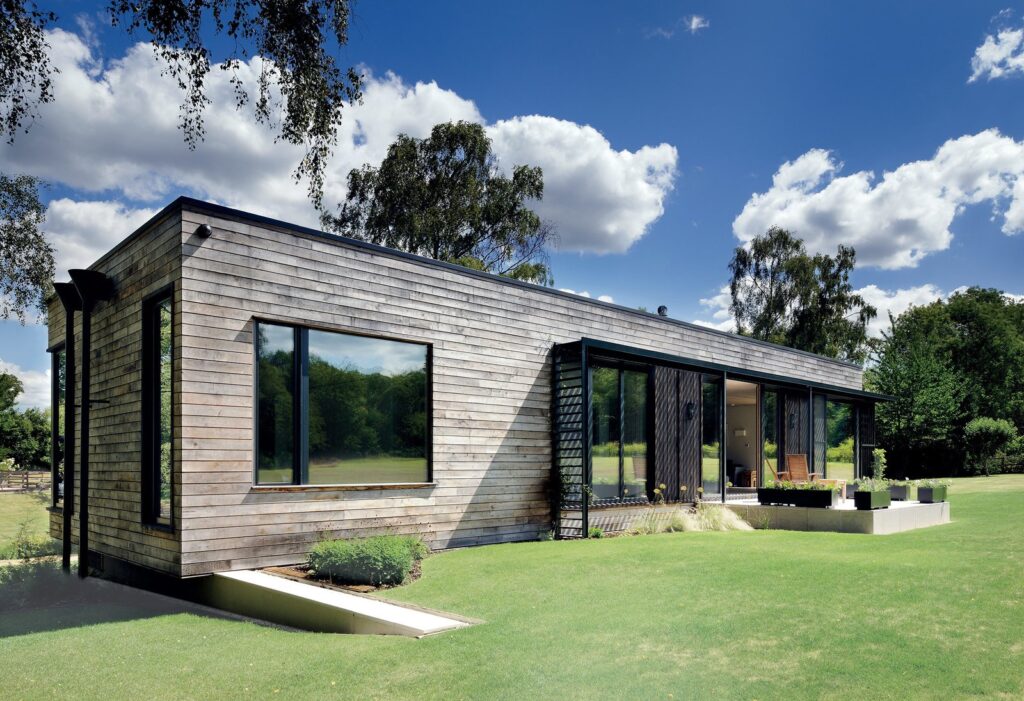
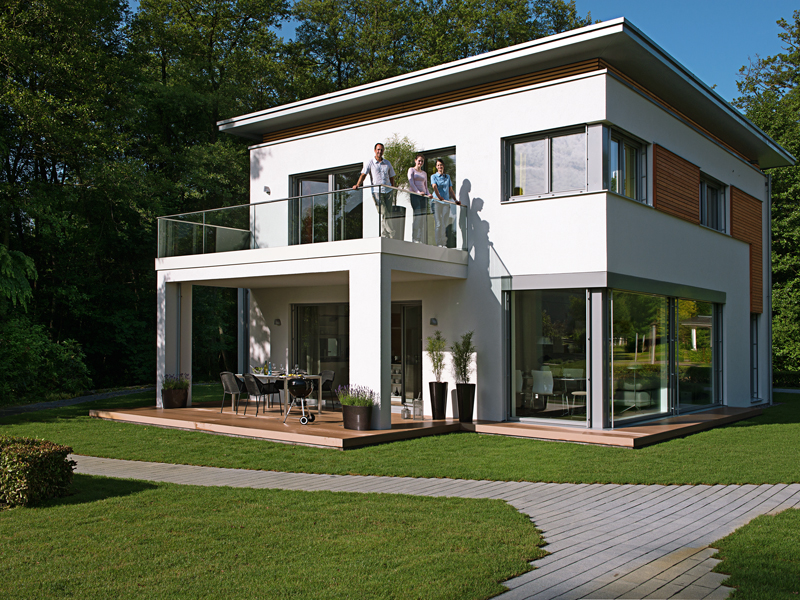
4. PassiveHaus:
A Passive House is a home built using rigorous standards for energy efficiency. Passive home building aims to achieve quantifiable energy efficiency as well as comfort, through various design principles such as extreme airtightness, continuous insulation, and high-performance windows and doors.
While reducing environmental impact, residents of a Passive House will enjoy excellent indoor air quality and temperature, as well. The Passive House Institute asserts that designing a Passive House is your best bet for becoming Net Zero or Net Positive (meaning your home generates as much or more energy than it needs).
5. Earthships:
An earthship is a completely self-sustaining, off-the-grid home. They are constructed of both natural and recycled materials (old tires, glass bottles…). These homes are designed to heat and cool themselves naturally, collect solar and wind power, harvest water from rain and snow, contain/treat their own sewage, as well as produce food.
With all of these futuristic functions, does the name “earthship” make a little more sense now? These sustainable homes aren’t necessarily the green homes you’ll see for sale down the street. They’re still a pretty radical idea but are wonderfully environmental, nonetheless.
A home that doesn’t rely on external resources but instead produces its own is something that we should take note of. Earthships could be the key to sustainability while giving us a whimsical, self-reliant housing option.
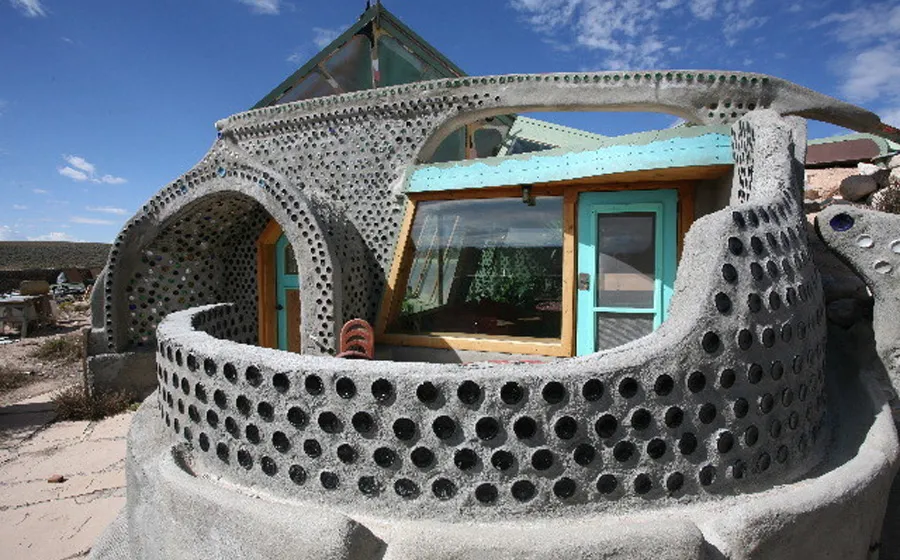
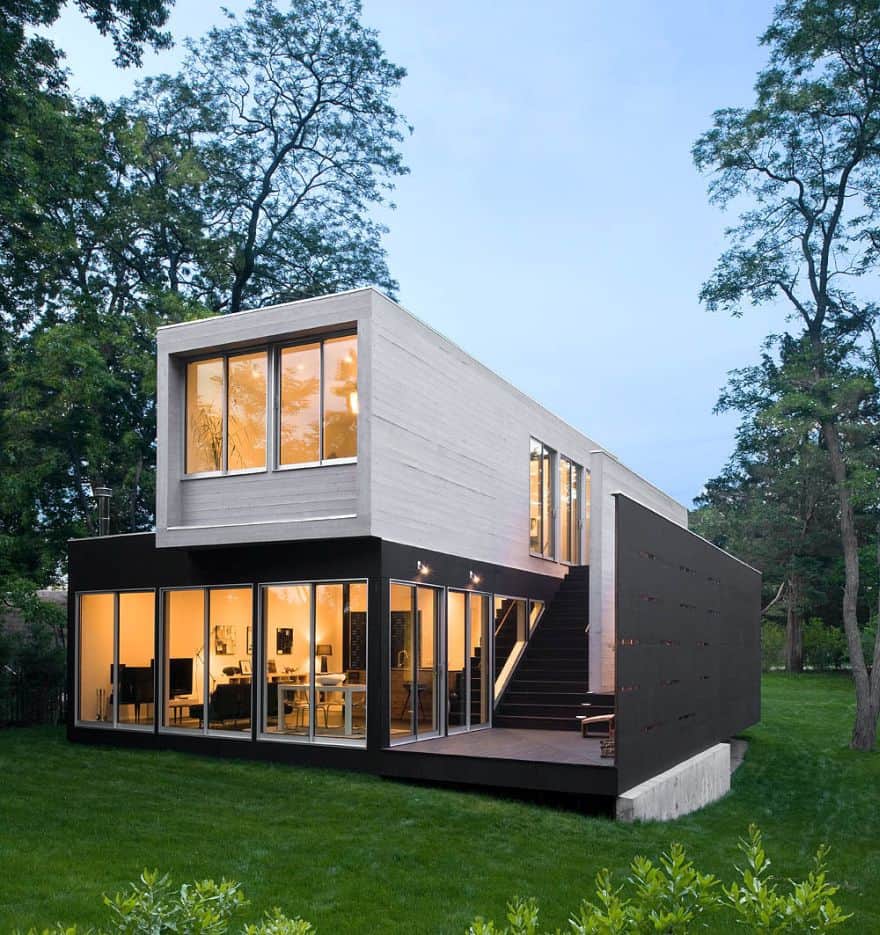
6. Shipping Container Homes:
Shipping container homes use steel cargo containers as a structural element. Since all shipping containers are all the same size, they can be stacked or pieced together to create a larger building.
Shipping containers have been used for all sort of things: as low income housing, dorms, and even a Starbucks Drive-Thru. They tend to have a modern, industrial look to them, but of course, can be spruced up in numerous ways. Shipping container homes are eco-friendly because they’re the perfect example of upcycling.
Instead of wasting tons of steel from unwanted containers, they can be turned into amazing homes, saving builders from using new materials. These homes are super durable require little labour, and can turn out to be quite inexpensive.
7. Rammed Earth:
This is about as natural as it gets! Rammed earth homes are simple-they’re built from tightly packed soil. A mix of soil (and a little water) gets pressed into plywood forms to create walls, and once a section of wall has been dried or cured, the forms are removed. The outcome is a smoothly layered rock appearance (essentially man-made sedimentary rock), making for a unique yet sophisticated home.
Considering that rammed earth buildings are very literally made from the ground we walk on, it’s no surprise that they’ve been around for thousands of years. The Great Wall of China and the Alhambra Palace in Spain were made using rammed earth techniques and show its durability and beauty over time. It’s about time we were inspired by famous architecture and applied it to sustainable home building!
Rammed earth homes will pay it forward to both the homeowner and the planet. They are incredibly low-maintenance, strong, fire and pest resistant, breathable, insulating. The aggregate that goes into a rammed earth home can be a very low greenhouse gas emission product, too, depending on how it’s processed and sourced.
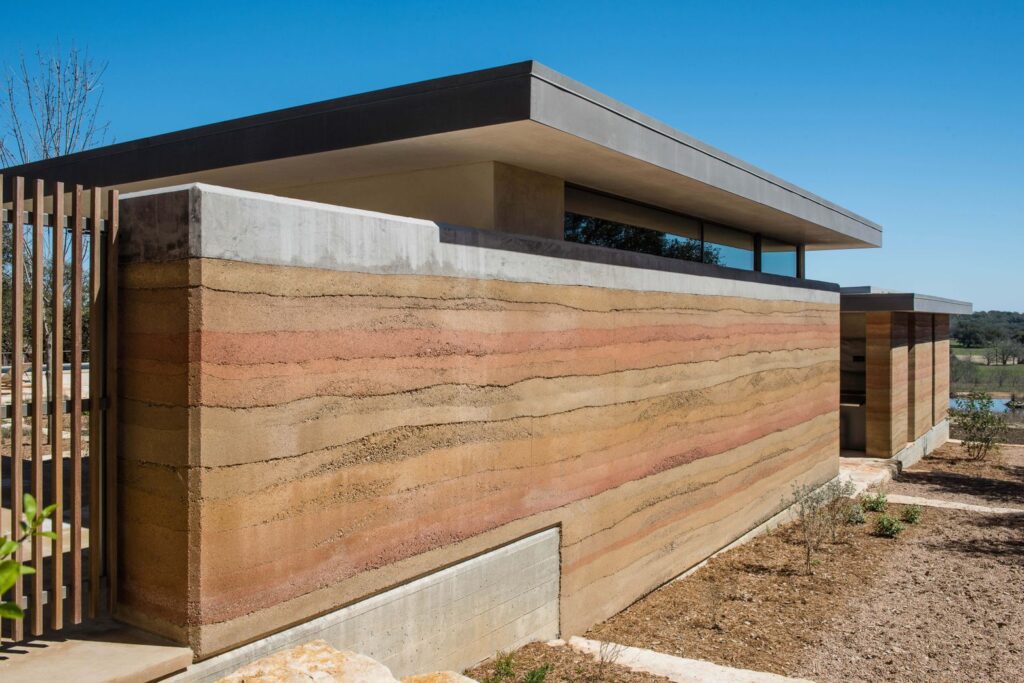
What is Metroun Learning?
Metroun Learning is a revolutionary platform that maximises the knowledge and output of Quantity Surveyors.
We provide concise, easy to understand and information packed courses (that are updated every month) that can fit into any busy work day as well as AI assistance, a QS specific dictionary and calculators.
We can help by offering you;
- 30+ hours of QS specific courses with new courses added each month. All courses can be used as formal CPD
- The Quantity Surveying Dictionary providing you with an easy reference point to every QS term
- Industry-Ready Templates including NEC & JCT specific forms
- Metroun AI, powered with industry leading technology to answer any question or query you have.
- Construction Calculators to assist you with estimating and measurement

